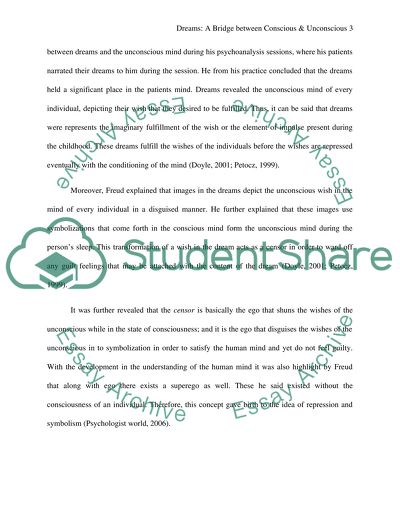Cite this document
(“The interpretation of dreams is the royal road to a knowledge of the Essay”, n.d.)
Retrieved from https://studentshare.org/psychology/1465690-the-interpretation-of-dreams-is-the-royal-road-to
Retrieved from https://studentshare.org/psychology/1465690-the-interpretation-of-dreams-is-the-royal-road-to
(The Interpretation of Dreams Is the Royal Road to a Knowledge of the Essay)
https://studentshare.org/psychology/1465690-the-interpretation-of-dreams-is-the-royal-road-to.
https://studentshare.org/psychology/1465690-the-interpretation-of-dreams-is-the-royal-road-to.
“The Interpretation of Dreams Is the Royal Road to a Knowledge of the Essay”, n.d. https://studentshare.org/psychology/1465690-the-interpretation-of-dreams-is-the-royal-road-to.


